The Florida Drone Ban: A Costly Transition for Taxpayers and Agencies
Florida’s decision to ban Chinese-made drones, primarily those from DJI, has led to a significant shift in drone usage by state agencies, with a heavy financial impact. The Orange County Sheriff’s Office, for example, is replacing 16 DJI drones with 18 American-made, expensive Skydio drones. This change stems from espionage concerns associated with foreign drones, despite DJI’s denial of any such associations.

The Financial Burden of Florida Drone Ban
The Florida Department of Law Enforcement offers $25 million in grants for this transition. However, the cost of replacing over 500 drones used by various agencies across the state is expected to fall largely on taxpayers. U.S. drones are notably more expensive than their Chinese counterparts, amplifying the financial strain. The operational impact of this transition, which could exceed a year, is also significant.
“When we were able to use our DJI drones of now we’re down to six other manufacturers our… all of the information received from the drone is completely disconnected from the internet and our secure network. There is no possibility of any exposure of our network,” urged Lieutenant Mike Crabb. “So, I’m once again would ask, you already know that, but I once again ask. Yeah, let us get the shelf life out of these [DJI drones].”
Agencies’ Response
The response from agencies has varied. The Orange County Sheriff’s Office shelved 19 of its 25 drones. Broward County Sheriff’s Office, Collier County Sheriff’s Office, Tampa Police Department, Miami-Dade police, and Clearwater Police Department have also shelved their DJI drones. The Hillsborough County Sheriff’s Office grounded 15 of its 16 drones.
READ: DRONES FLEW NIGHT AND DAY TO SURVEY SURFSIDE CONDO COLLAPSE
Taxpayers’ Loss Calculation
Calculating the exact loss to taxpayers from phasing out these drones is complex. Although one lawmaker mentioned that agencies have spent an estimated $200 million on DJI drones over the years, the full financial impact includes not just the cost of the phased-out drones but also the cost of acquiring new drones and potential operational inefficiencies during the transition.
“It is my estimation this would require law enforcement agencies, fire departments across our state to throw nearly $200 million worth of DJI drones,” said Senator Tom A. Wright.
Sale of Phased-Out DJI Drones
As for the sale of these phased-out drones, specific details about where and how these drones are being sold by state agencies are currently unavailable. This information is crucial to understand how the state plans to recoup some of the costs associated with the ban.
READ: BLUE SUAS PROBLEMS AND FLORIDA DMS SECRETARY ACCUSED OF PIMPING FOR SKYDIO
The Unseen Cost of Florida’s DJI Drone Ban: Human Lives at Risk
Florida’s ban on DJI drones highlights the growing concern over foreign technology in sensitive applications. However, it also brings into focus the significant financial and operational challenges such changes can impose on public agencies and taxpayers. The full extent of this impact, including the sale of existing drones and the total cost to the taxpayer, remains a crucial area for further investigation and public discussion.
Furthermore, Florida’s ban on foreign-made drones, stemming from espionage concerns, has an often overlooked yet profound societal cost: the potential reduction in human lives saved.
DJI drones, known for their advanced technology and reliability, have been instrumental in various life-saving operations. They assist in Search and Rescue missions, natural disaster responses, and law enforcement efforts.
“You know, you need to understand that lives are counting on this issue, and we need to overlook that, and we need to understand, no more about the money, folks,” said Senator Torres. “No more about the money. Lives are at stake. You need to help. You need to have, you need to have these drones up and flying and doing what they need to do.”
The Florida drone ban forces agencies to transition to alternative, potentially less effective drones, potentially hindering response times and effectiveness in critical situations. This not only imposes a financial burden but also raises concerns about the state’s capacity to efficiently handle emergencies and save lives. As agencies grapple with adapting to new technologies, the true cost of this ban extends beyond dollars and cents, potentially impacting the most valuable asset of all: human life.





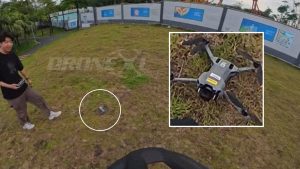

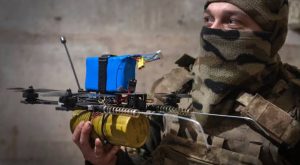
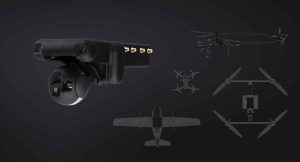
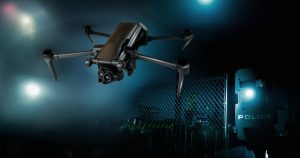
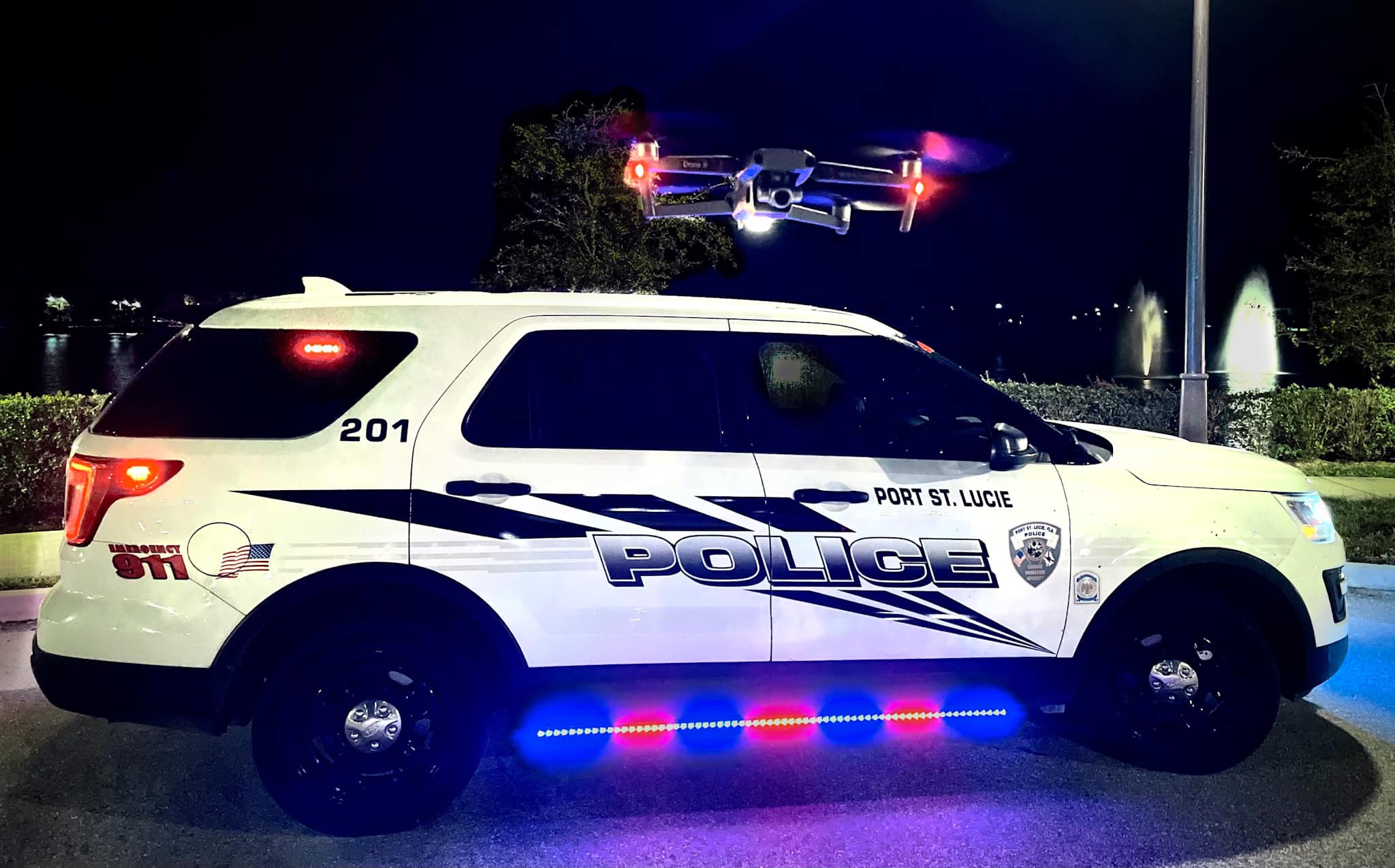

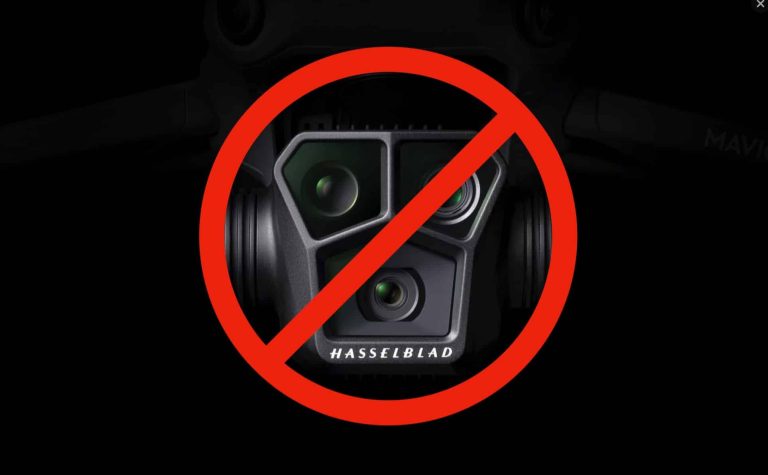
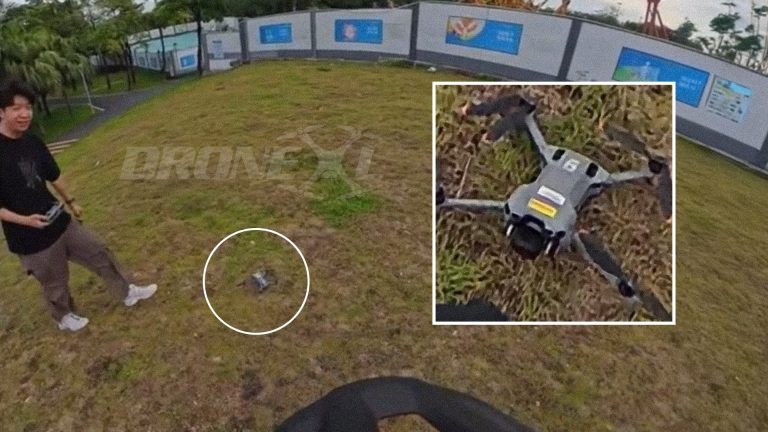


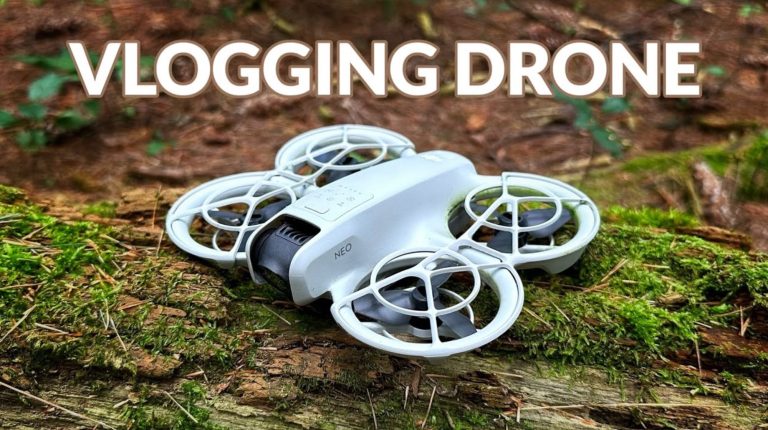
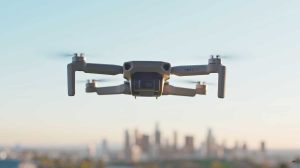


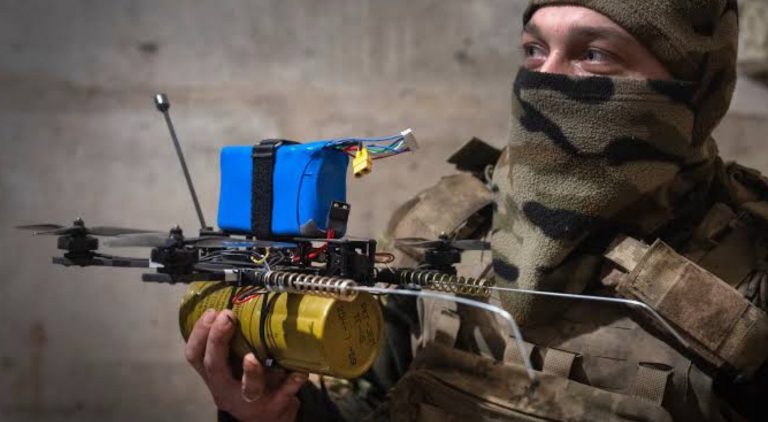
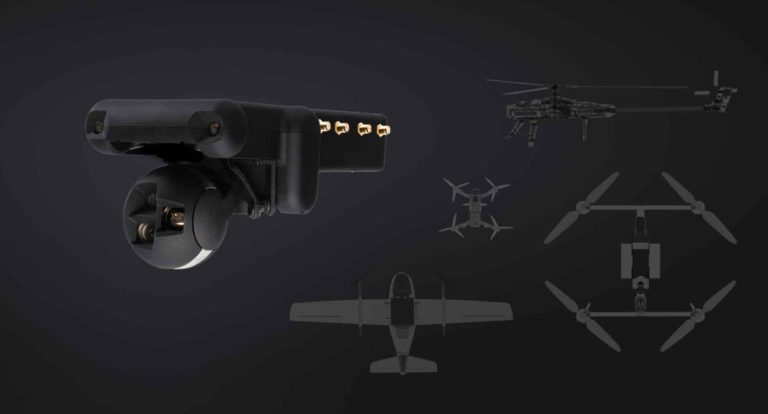
+ There are no comments
Add yours